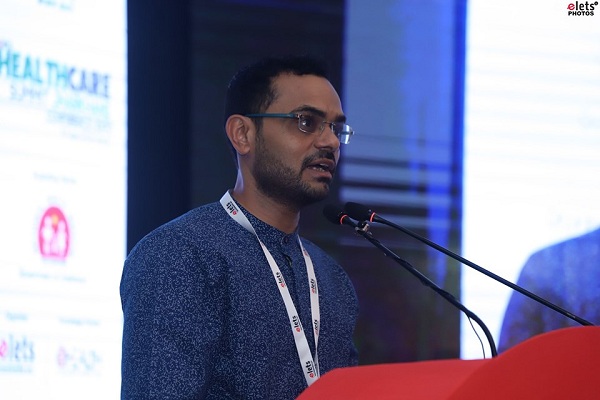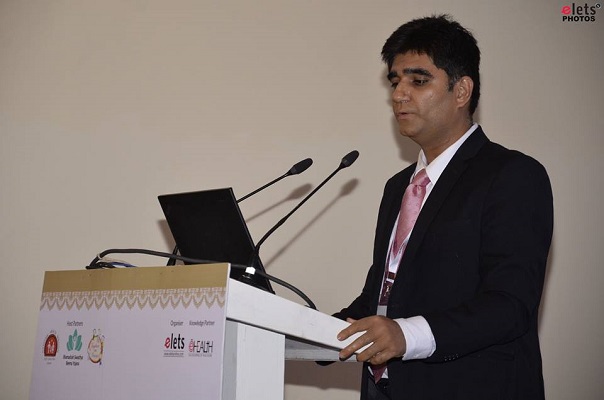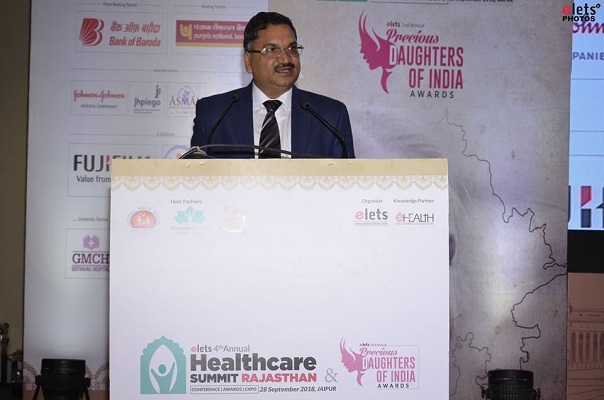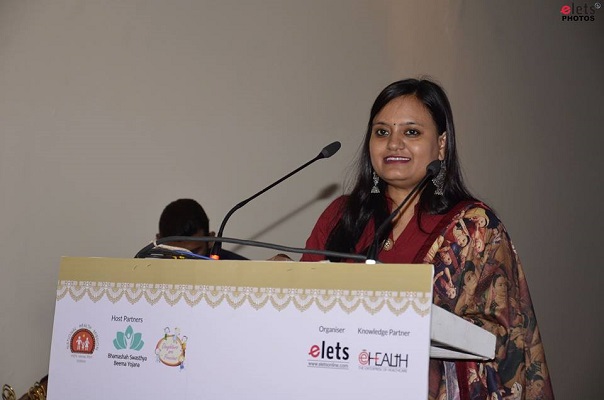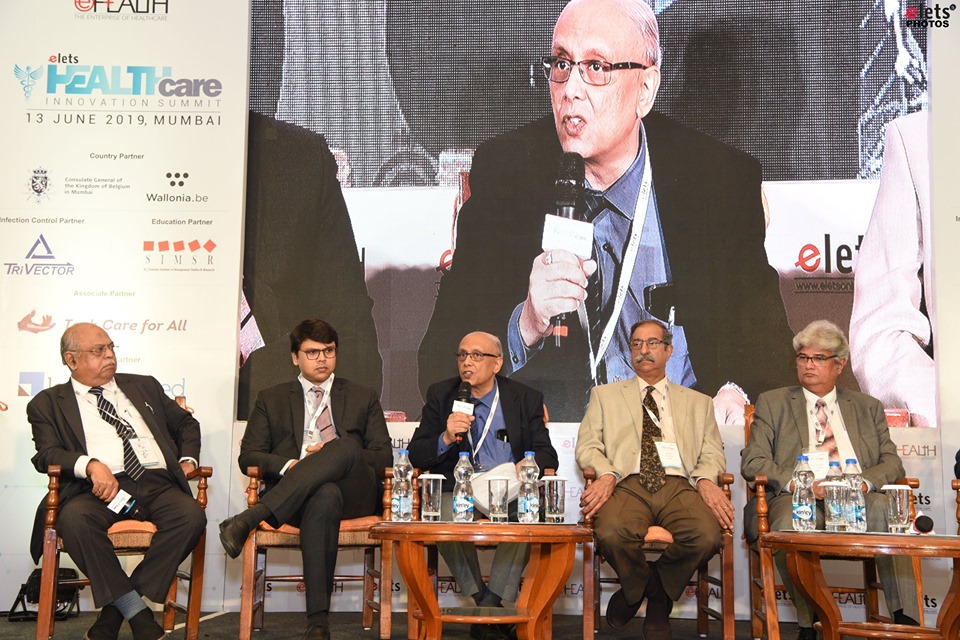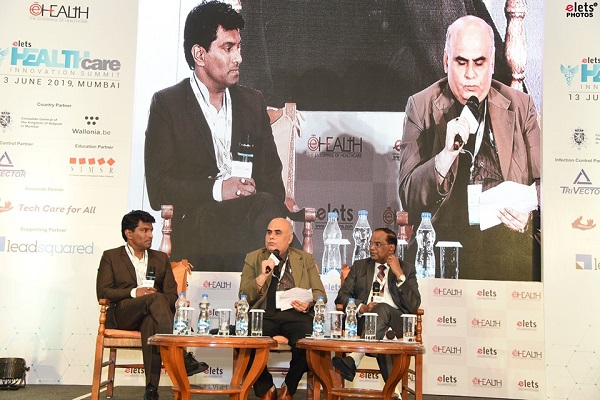
Public Private Partnership plays an important role to give fillip to healthcare infrastructure, an important component to boost patient care. In light of Indian healthcare sector which faces serious issue on infrastructure in rural areas, PPP model is best way to improve things. Dr Sanjay Mukherjee, Secretary, Medical Education and Drugs Department, Government of Maharashtra while participating during a panel discussion at Urban Healthcare Summit, highlighted various aspects of the model. 
Public Private Partnership is essentially a financing model. So either State funds everything or private entity funds everything or the Government and private sector works together, he said.

How can these two parties work together?
The funding can be public or private. Similarly, service could be provided by either stakeholder. There are different permutations and combinations. Like public funding-public service which can be seen in public hospitals like KEM hospital and Grant Medical College. This is entirely public thing.
Then you can have public funding and private service. Such kind of set-up has been followed upon by Municipal Corporation of Greater Mumbai (MCGM) where services are outsourced i.e CT scan, MRI, Aapli Chikitsa and all. Third is private funding and public services like corporate social responsibilities (CSR). It means corporate sector pays for the infrastructure which the Government develops. And last is private services-private funding. It is completely managed by private sector.

Regulation is key
Main issue in PPP model is loss of the Government’s control. The key point is whether it is private, public or mix kind of set up, regulation is utmost important. The success or failure of PPP entirely depends on regulation. If you are funding yourself and providing the services yourself, then you are in administration. The moment you moved into PPP, you move from realm of administration to law, regulation, and contract management. That is the biggest challenges the Government face.
The Governments are good on legal administration, but they are not good enough in contract administration. This is where our legal system faces the challenges. The shortest time to get a contract enforced in court of law in India is more than 500 days which is around two years. The average time goes to four years. In this light, how we draft our contract, how we able to give shape to our contract, how we execute this contract, how we resolve small issues, and how we do arbitration of various issues, these are the major challenges.
Best Practices adopted by corporation
The Corporation has introduced two models of PPP- Private funding & public services, private funding-private services with public monitoring. We have signed an agreement with a company called Breakfast Revolution which will provide diet free of cost at menu approved by us to TB patients in all our hospitals for one year. We also have signed an agreement with Satya Sai Baba Trust to provide free treatment to children suffered with heart ailments. In addition, we have signed contract with one person who will be doing 1,000 gastrointestinal surgeries free of cost. When the Government is short of fund model with private funding-private services works. The Government’s role is to oversee the entire project. This is new PPP model, we are trying to explore. Otherwise, common model is private sector pays and the Government reimburses over a period of time. You have finally two models like deferred payment model and toll bridge model.
Be a part of Elets Collaborative Initiatives. Join Us for Upcoming Events and explore business opportunities. Like us on Facebook , connect with us on LinkedIn and follow us on Twitter , Instagram.


